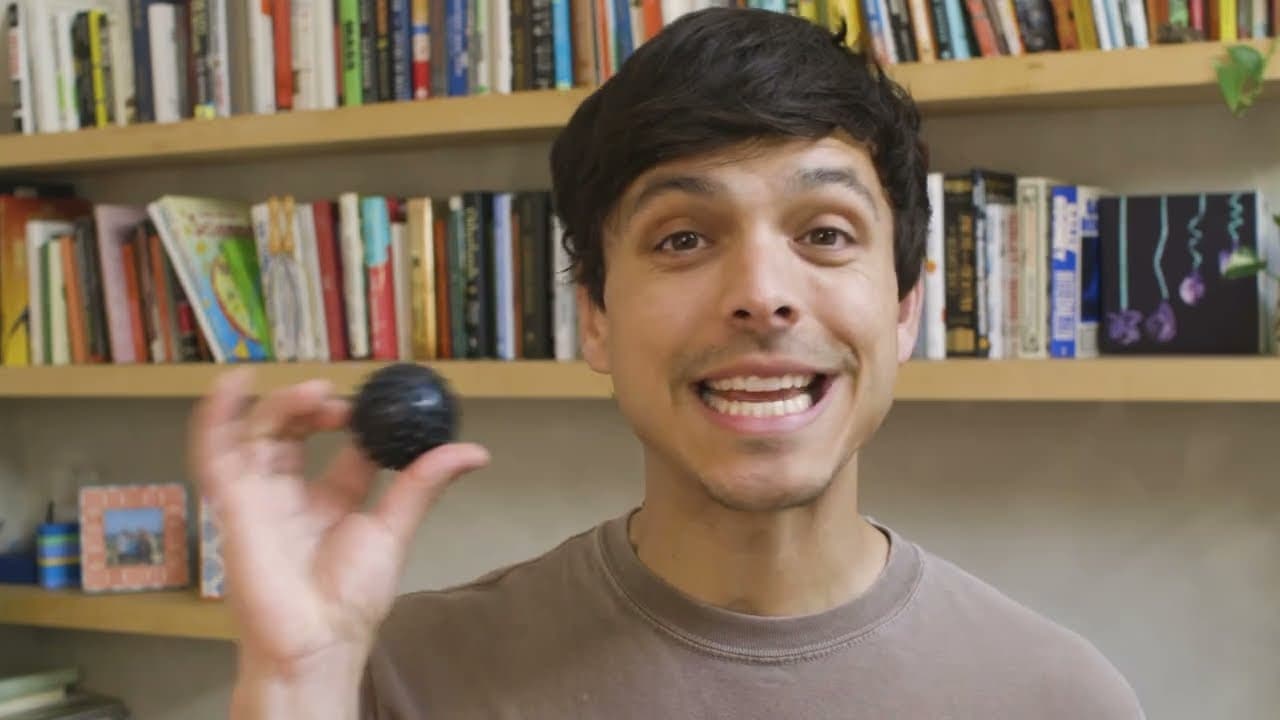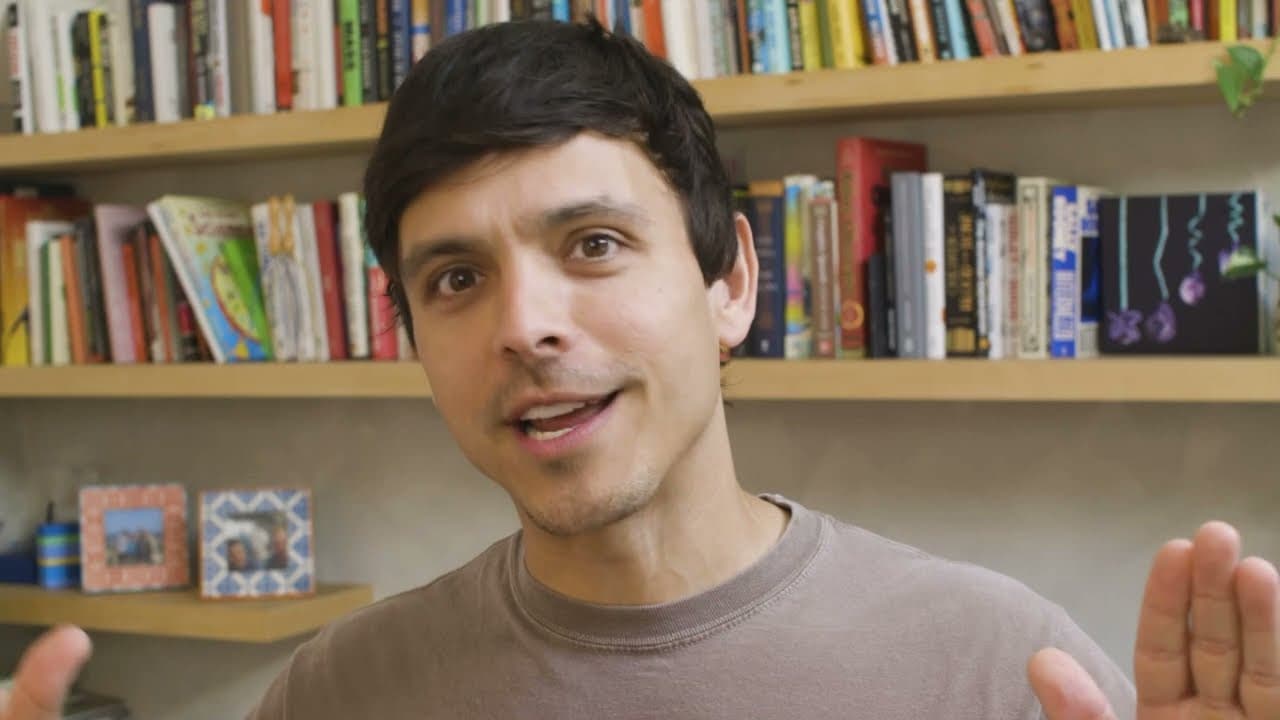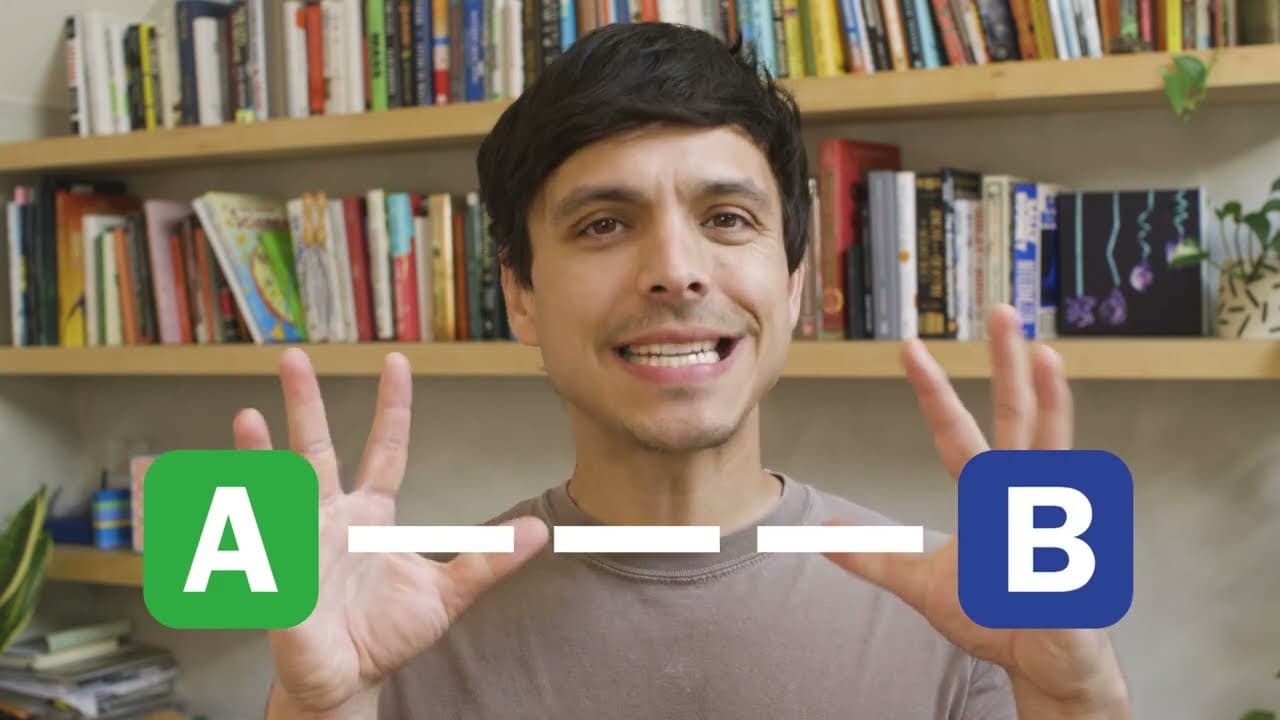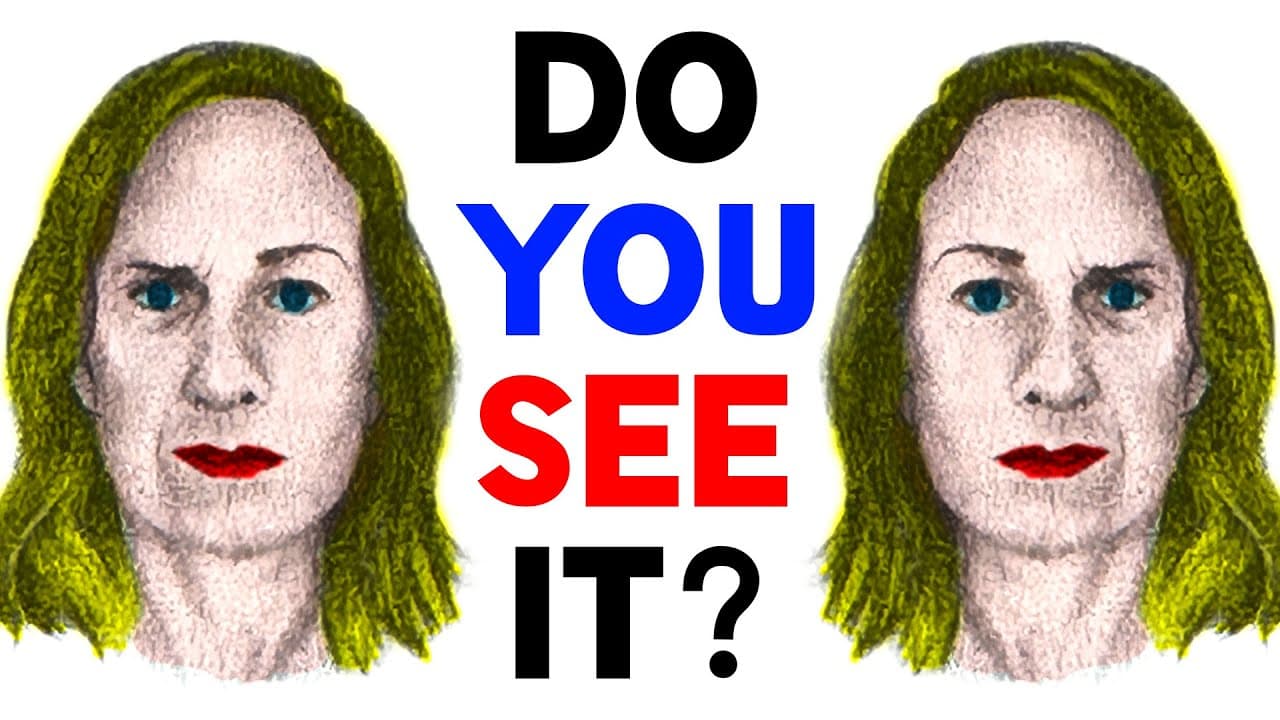Exploring How My Brain Shapes Perception
I never realized how my brain tricks me into seeing emotions differently until I started experimenting with simple visuals and sounds. This journey into neural quirks reveals surprising ways our minds fill in gaps, potentially changing how we understand ourselves and others.
TL;DR
I tested faces to see which looked angrier, discovering my brain favors the left visual field for emotions, making one side seem more intense.
Cultural reading habits influenced how I perceived soccer goal speeds, with left-to-right readers like me feeling one clip faster than the other.
Audio clips showed my brain predicts words better with context, turning jumbled sounds into clear sentences once given a hint.
Learning about aphantasia made me question my own visualization abilities, as some can't picture images at all, yet it ties to unique strengths.
Overall, my brain's predictions and fills create a personalized reality, hinting at how upbringing shapes what feels real.
When I first looked at those two faces, I had to go with my gut—which one seemed angrier? The one on the left caught my eye more, and it turns out that's because my brain's right side handles the left visual field, excelling at facial recognition and emotions. This means I process emotions on the left side of my view more easily, even if the faces are just mirror images.

Interestingly, not everyone sees it that way; some might prefer the right, which could say something about their unique wiring. Then, I moved on to a soccer goal, noting its speed and power before comparing it to another version. I felt the first one was faster, likely because I read from left to right, a cultural bias that influences perception.
Studies show that people from right-to-left reading cultures see it differently, proving how our upbringing shapes how we interpret the world. Next, I listened to an audio clip that sounded like noise at first, but once I heard a related sentence, it all clicked—my brain uses context to predict and make sense of jumbled information.

This got me thinking about touch; my left hand is better at discerning objects because spatial tasks are linked to the right hemisphere. When I imagined an apple, I realized visualization varies—some see vivid details, while others, like those with aphantasia, see nothing at all, yet they might excel in STEM fields.
Dreams can trigger visual brain activity even in aphantasia, and exciting books make most people sweat slightly due to imagined scenes, but not those without visualization. I also noticed how my brain projects colors, like assuming a gray apple is red based on expectations, or filling in missing parts of an image during an MRI scan.

Faces can mislead too; what looks like distress might actually be happiness without context, and body posture influences how I read emotions. Even a ticking clock tricks me—the first tick feels longer because my brain backfills gaps when my eyes move, creating a seamless but delayed perception.
Ultimately, my consciousness filters vast information, processing only the essentials from my subconscious, reminding me that everyone's brain is uniquely wired.
This exploration shows how our perceptions aren't always accurate, but they adapt based on history and context, making each person's reality distinctly their own.
Key Takeaways
The brain's right side processes left visual fields, enhancing emotion recognition and leading to biases in perception.
Cultural factors, like reading direction, influence how we judge speed and strength in visuals.
Context helps the brain predict and clarify ambiguous information, from audio to images.
Visualization varies widely, with aphantasia offering potential protections and career advantages.
Our minds constantly fill perceptual gaps, creating a personalized view of the world.

